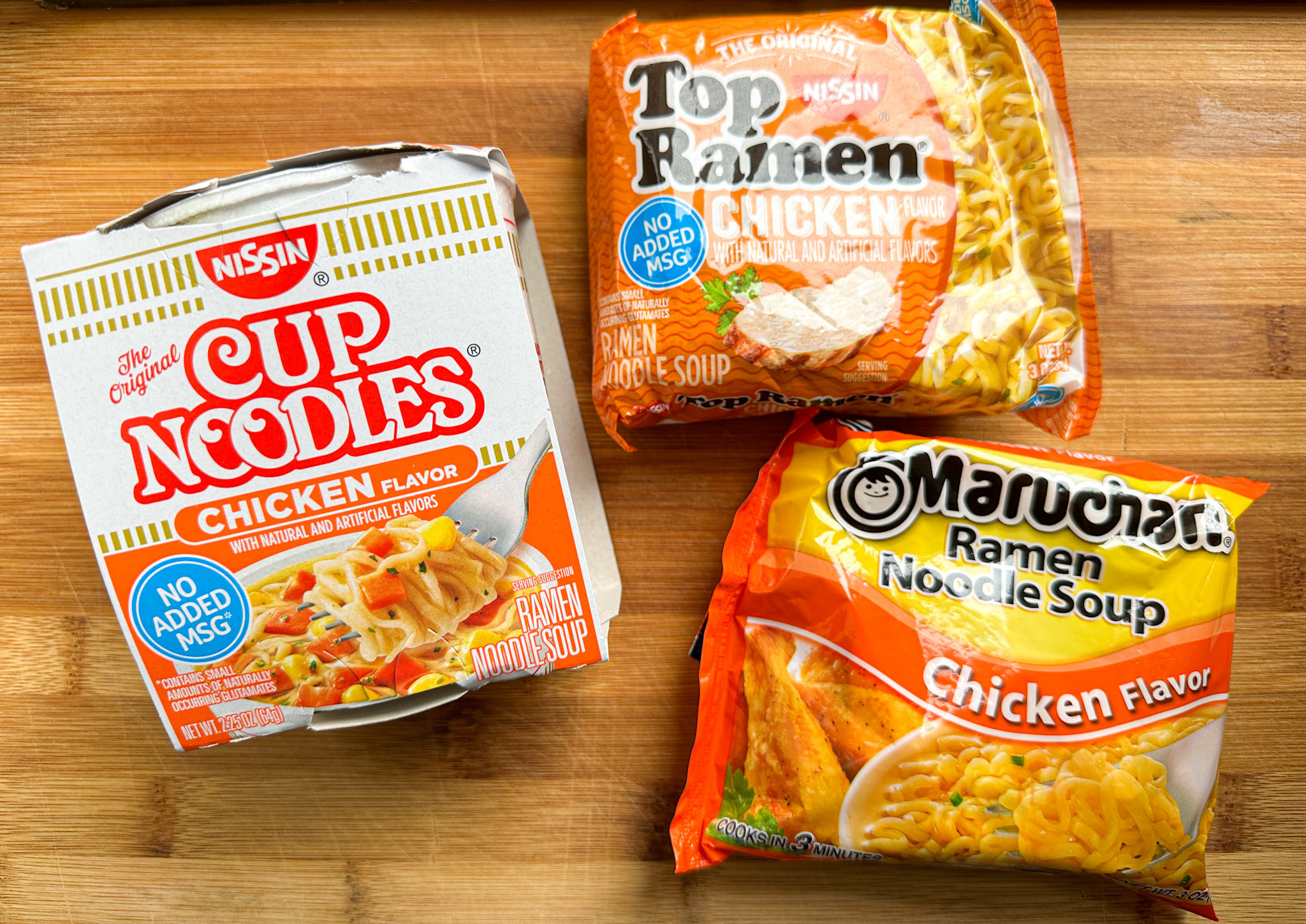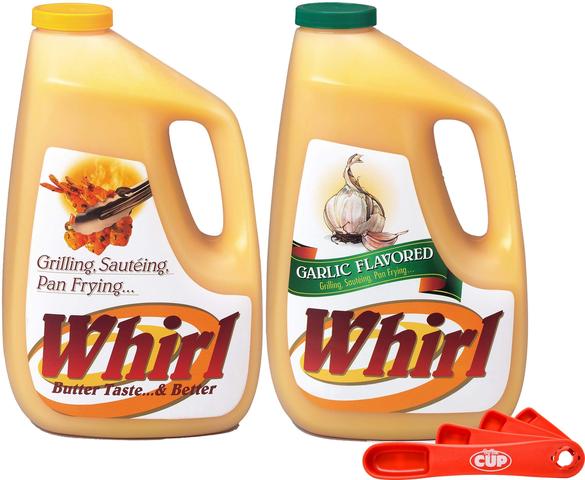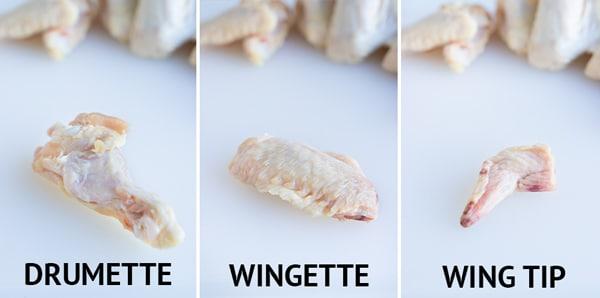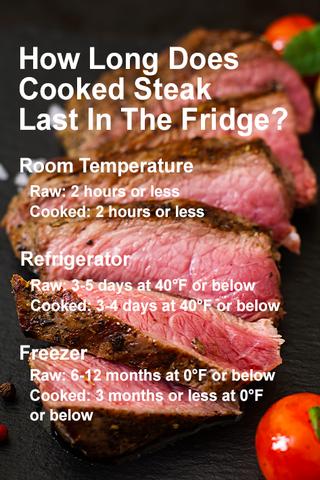
Discover how long steak can last in the fridge with this comprehensive guide. From storage tips to proper handling techniques, learn how to maintain its freshness and quality for an extended period.
How Long Can Raw Steak Stay In The Fridge?
The United States Department of Agriculture recommends keeping raw steak in the fridge for no more than five days. While fridges typically run below the danger zone temperature range of 40°-140°F, bacteria can still be present and cause spoiling. The better the packaging in terms of air-tightness, the longer raw steak can be kept in the fridge. Tightly wrapped or vacuum-sealed steaks can last up to five days, while loosely wrapped or unpackaged steaks may spoil quicker due to exposure to more oxygen.
Cooked steak should be consumed within 3-4 days according to USDA guidelines. The shorter time frame is due to several factors. Cooked steak that is put in the fridge may spend a significant amount of time in the danger zone temperature range, allowing bacteria to multiply rapidly during the cooldown process. Additionally, cooked steak lacks the protective packaging that raw steak often has, making it more susceptible to spoilage. Proper cooling and limiting oxygen exposure are crucial for minimizing risks when storing cooked steak.
If you have extra steaks that won’t be consumed within the recommended time frame, freezing is a great way to preserve them. Whether raw or cooked, tightly wrap your steaks before placing them in the freezer to prevent freezer burn. Double layers of plastic wrap or foil, followed by placement in a freezer bag, can help maintain moisture and protect against tears or punctures. Vacuum sealing is another effective method for preserving steaks in the freezer.
How Long Does Cooked Steak Last In The Fridge?

The United States Department of Agriculture recommends that cooked steak should be kept in the fridge for up to four days. Unlike raw steak, cooked steak has a shorter time frame because it can spend a significant amount of time in the ‘Danger Zone’ of 40°-140°F while cooling down. During this time, bacteria can multiply rapidly, increasing the risk of spoilage. It is important to cool down the steak as quickly as possible and limit oxygen exposure to minimize these risks.
Cooked steak does not have the same protection from air exposure as raw steak, as it is not already wrapped in packaging. Therefore, after cooking, you must wait for the steak to cool down before properly storing it. While vacuum sealing is an effective method for preserving cooked steaks in the freezer, it may not be necessary if you plan to consume the steak within a few days.
If you find yourself with leftover cooked steak that won’t be consumed within the recommended time frame, freezing is a great way to extend its shelf life. It is important to wrap the steak tightly to prevent freezer burn, which can ruin its texture. Double layers of plastic wrap or foil, followed by placing it in a freezer bag, are recommended for proper packaging.
The Cooling Process After Cooking
After cooking a steak, it is important to cool it down properly before storing it in the fridge. The cooling process is crucial for preventing bacterial growth and spoilage. Unlike raw steak, cooked steak can spend a significant amount of time in the “Danger Zone” temperature range of 40°F-140°F where bacteria can multiply rapidly. To minimize the risks, it is recommended to cool down the steak as quickly as possible while limiting oxygen exposure.
Raw steaks are often packaged tightly to protect them from air exposure, which helps prolong their shelf life in the fridge. On the other hand, cooked steaks have no protective packaging and need to be cooled down before being stored. This lack of packaging increases the risk of spoilage and reduces the recommended time frame for storing cooked steaks in the fridge compared to raw steaks.
If you find yourself with extra steak that won’t be consumed within the recommended storage time, freezing is a great option to prevent spoilage and extend its shelf life. Whether raw or cooked, it is essential to wrap the steak tightly to avoid freezer burn. Double layers of plastic wrap or aluminum foil, followed by placing it in a freezer bag or vacuum-sealing, help maintain optimal quality.
Wrapping The Steak
When it comes to preserving your steaks, proper wrapping is essential. Whether your steak is raw or cooked, it’s important to wrap it tightly to prevent freezer burn. Freezer burn occurs when cold, dry air comes into direct contact with the surface of the meat, resulting in ice crystals and ruined texture. If your raw steak is already well-packaged, you can place it directly into the freezer. However, if it’s in a container with a thin film, there’s a risk of puncturing and freezer burn. In this case, using a large enough freezer bag or breaking down the package and wrapping the steaks individually can help protect them. It’s crucial to have double layers of wrapping to keep moisture out and minimize tears or punctures. This can be achieved by using plastic wrap followed by aluminum foil or vice versa, or by using plastic wrap or foil before placing the steak in a freezer bag. For even better preservation, if available, vacuum sealing the steaks before storing them in a freezer bag is highly recommended.
How Can I Prolong The Life Of My Steak?
To prolong the life of your steak and prevent it from spoiling, there are a few steps you can take. First, make sure to store your raw steak in a tightly wrapped or vacuum-sealed package. This will minimize exposure to oxygen and help keep the steak fresh for up to five days in the fridge. Additionally, cooling down cooked steak as rapidly as possible is crucial to prevent bacteria growth. Allow the steak to cool before wrapping it tightly and storing it in the fridge for up to four days.
If you find yourself with extra steak that won’t be consumed within the recommended time frame, freezing is an excellent option. Whether raw or cooked, ensure that the steak is tightly wrapped in two layers of plastic wrap and aluminum foil or placed in a freezer bag. Vacuum sealing is also highly effective for preserving steaks in the freezer.
How To Properly Package And Freeze Steak
When it comes to preserving steak and preventing it from spoiling, proper packaging and freezing techniques are crucial. Whether your steak is raw or cooked, it is important to wrap it tightly to avoid freezer burn. Freezer burn occurs when cold, dry air comes in direct contact with the surface of the meat, resulting in ice crystals and a ruined texture.
If your raw steak is already well-packaged, you can put it directly into the freezer. However, if the packaging is thin or prone to puncture, it is recommended to transfer the steak into a large enough freezer bag for double-layer protection. Alternatively, you can break down the package and wrap each steak individually with two layers of plastic wrap and aluminum foil or vice versa. Another option is placing the wrapped steaks into a freezer bag for added protection.
If you have access to a vacuum sealer, this is one of the best methods for preserving steaks in the freezer. By sealing the steaks first and then placing them in a freezer bag, you can ensure maximum freshness and minimize oxygen exposure.
How Do You Tell If Steak Has Gone Bad?
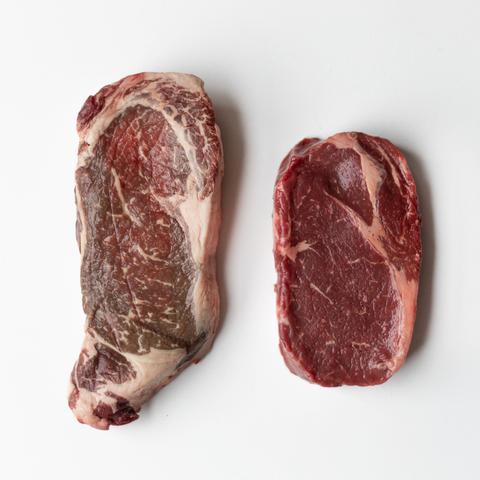
There are several ways to determine if a steak has gone bad. One of the easiest ways is by smelling it. If the steak emits a strong odor of ammonia or rotten eggs, it is likely spoiled and should be discarded. However, this method is more effective for raw steak than cooked steak.
Another way to tell if a steak has gone bad is by its texture. If the meat feels slimy or slippery to the touch, it may be a sign that bacteria has started to grow on its surface. Fresh meat should not have a slimy texture.
The color of a steak can also provide some indication of its freshness. While a gray color may suggest that oxygen has reached the meat and caused it to change color, it does not necessarily mean that the steak is spoiled. To determine if the steak is still safe to eat, check its smell and texture.
It Smells Like Ammonia Or Spoiled Eggs
One of the easiest ways to tell if your steak has spoiled is by smelling it. If you unwrap the steak or open the package and you get hit with a waft of ammonia or the smell of rotten eggs, throw that steak out regardless of how long it’s been in the fridge. This odor is similar to most meat types including pork and chicken.
It Feels Slimy
If you touch the steak and it feels slimy, that is a clear sign that it has gone bad. The slimy texture is caused by bacteria reproducing on the surface of the meat, indicating spoilage. Properly stored meat should not feel slippery or slimy.
Why Color Of A Steak Isn’t The Greatest Way To Judge If It’s Spoiled
The color of a steak is not always the most reliable indicator of whether it has spoiled or not. While a grayish color may indicate that oxygen has reached the meat, it does not necessarily mean that the steak is bad. It is important to also consider other factors such as smell and texture when determining if a steak has gone bad.
Smell is often a better indicator of spoilage than color. If a steak emits a strong odor of ammonia or rotten eggs, it is best to discard it, regardless of its color. Additionally, if the steak feels slimy to the touch, it may be an indication that bacteria have multiplied on its surface and it should not be consumed.
Final Thoughts
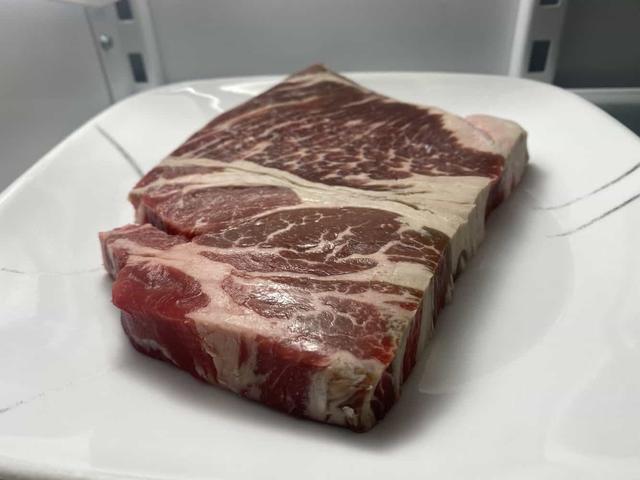
In conclusion, it is important to be mindful of how long steak can be stored in the fridge to prevent spoilage and potential food poisoning. The United States Department of Agriculture recommends keeping raw steak in the fridge for no more than five days, while cooked steak should be consumed within four days. Proper packaging, such as vacuum-sealing or tightly wrapping the steak, can help extend its shelf life by minimizing exposure to oxygen.
If you find yourself with leftover steak that won’t be consumed within the recommended time frame, freezing is a great option. However, it is crucial to wrap the steak tightly in order to avoid freezer burn. Double layers of plastic wrap or foil, followed by placement in a freezer bag, can help preserve the quality of the frozen steak.
When determining if a steak has gone bad, relying on color alone is not sufficient. Instead, use your senses to assess its freshness. A strong ammonia or rotten egg smell indicates spoilage and the steak should be discarded. Additionally, if the meat feels slimy to the touch, it is likely contaminated with bacteria and should not be consumed.
In conclusion, steak can last in the fridge for up to five days if stored properly. Factors such as freshness at purchase, packaging, and refrigeration temperature play a crucial role in determining its shelf life. To ensure safety and quality, it is recommended to consume or freeze steak within this timeframe.
Learn More About Grilling
If you want to learn more about grilling, check out these other helpful resources!

